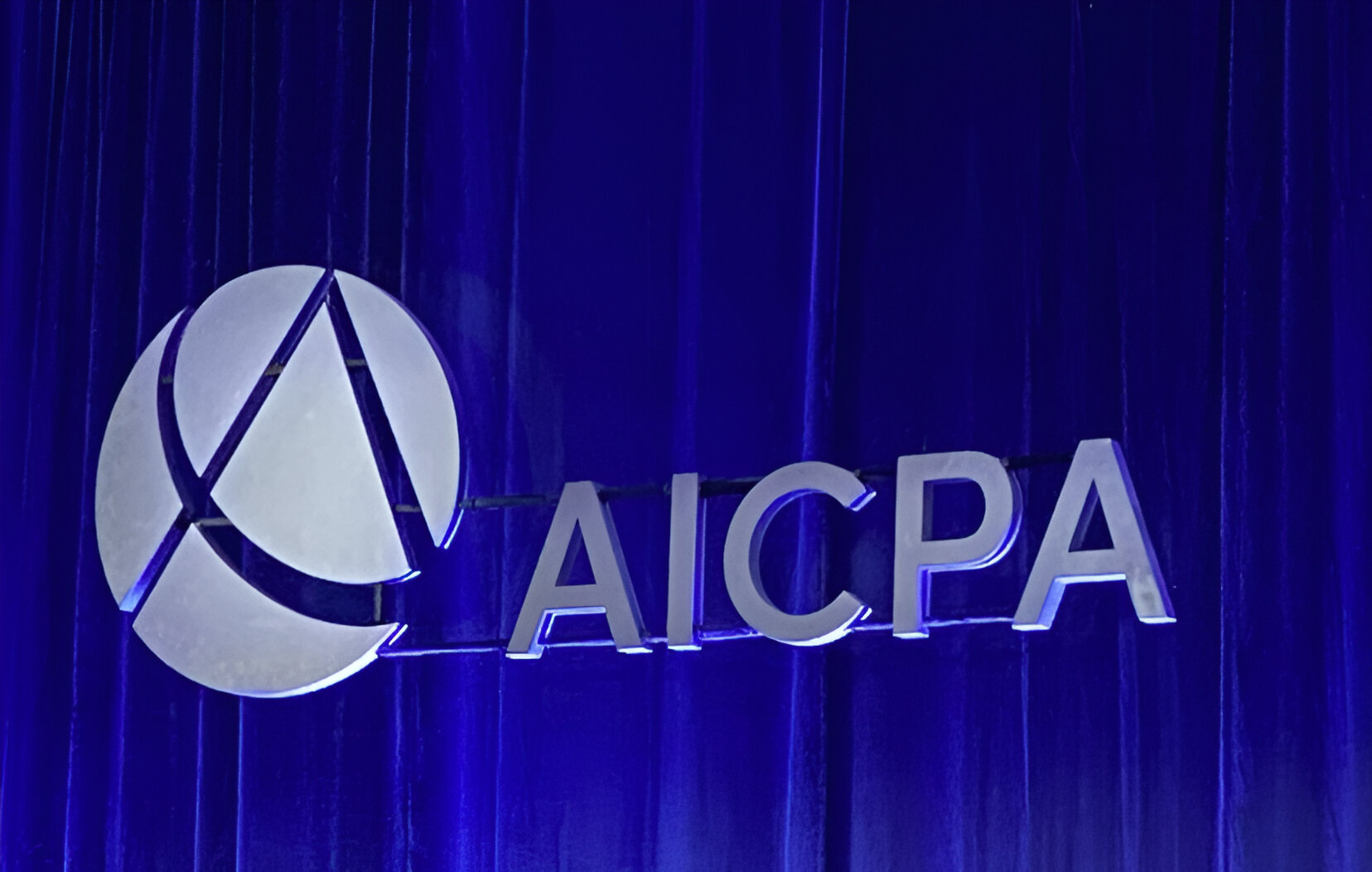At 75 million strong, Millennials are the country’s largest living generation. This social-savvy and boundary-pushing group is wielding its influence on virtually every industry, including the financial one. Here’s a look at six of the most popular finance trends among Millennials and a preview of what to expect in 2016:
- There will be an influx of Millennials in the workforce. According to the Bureau of Labor Statistics, 2016 will see more Millennials in the workforce than ever before, representing the largest segment among all generations. Their increasing presence in the workforce will give them more disposable income as they rise into management positions.
- Millennials are choosing socially conscious investment models. These models reflect Millennials’ social values of giving back, which have grown exponentially in just the last decade. In 2001, people invested $3.1 trillion in these models; by 2014 this jumped to $6.6 trillion. Weddings will become even more expensive.
- In 2014, the average price of a wedding rose to $31,213, a 4-percent increase from 2013, according to The Knot’s annual survey. If wedding prices continue this trend, 2016 will mark an all-time high for wedding costs. This could also contribute to the shift of Millennials marrying later in life. Many couples already choose to wed later due to student loan debt and unstable financial situations.
- The average student loan debt will continue to increase. As of 2015, students carry $1.2 trillion in debt.2 In 2014, about 70 percent of students graduated with an average loan debt of $28,950, up 2 percent from 2013. Student-loan debt affects the economy in many ways, demonstrated by the number of Millennials living at home and more young adults delaying buying a home.
- Millennials will skip the gym, but not the exercise. Wellness remains a top priority for Millennials, with 88 percent of Millennials saying they exercise, but according to a Mintel survey, 72 percent of Millennials say gym memberships are too expensive. Because of this, Millennials have been cutting their gym expenses and instead paying for wellness programs. In 2016, Millennials will pay for community exercise programs, fitness apps, classes and other nontraditional workouts over annual gym memberships.
- Millennials will continue to travel, but they will spend less per trip. Unlike older generations, Millennials are willing to make sacrifices, like forgoing hotel stays for hostels, to cut down expenses. According to a Yahoo! Travel Survey, 68 percent of Millennials are more likely to spend less than $1,000 per trip versus 33 percent of the population surveyed who said they would spend $1,000 to $4,999 on a vacation.
“By analyzing these trends, it’s clear that Millennials like to chart their own course when it comes to lifestyle and financial choices,” said Emily Holbrook, director of the young personal market at Northwestern Mutual. She urges Millennials to reflect on their spending habits and plan ahead.
“Millennials handle their finances much differently than previous generations,” says Holbrook. “Their financial decisions are reflective of their personal values, beliefs and lifestyles. It’s important for members of this generation to be smart about their money decisions and create a financial plan, especially since they’ve shown they tend to follow their heart.”
The New Year is a good reminder for Millennials to create a financial plan or consider speaking with a financial advisor. Young professionals can benefit from having a trusted financial representative by staying on top of money trends and seeking ways to be financially savvy.
Thanks for reading CPA Practice Advisor!
Subscribe Already registered? Log In
Need more information? Read the FAQs




